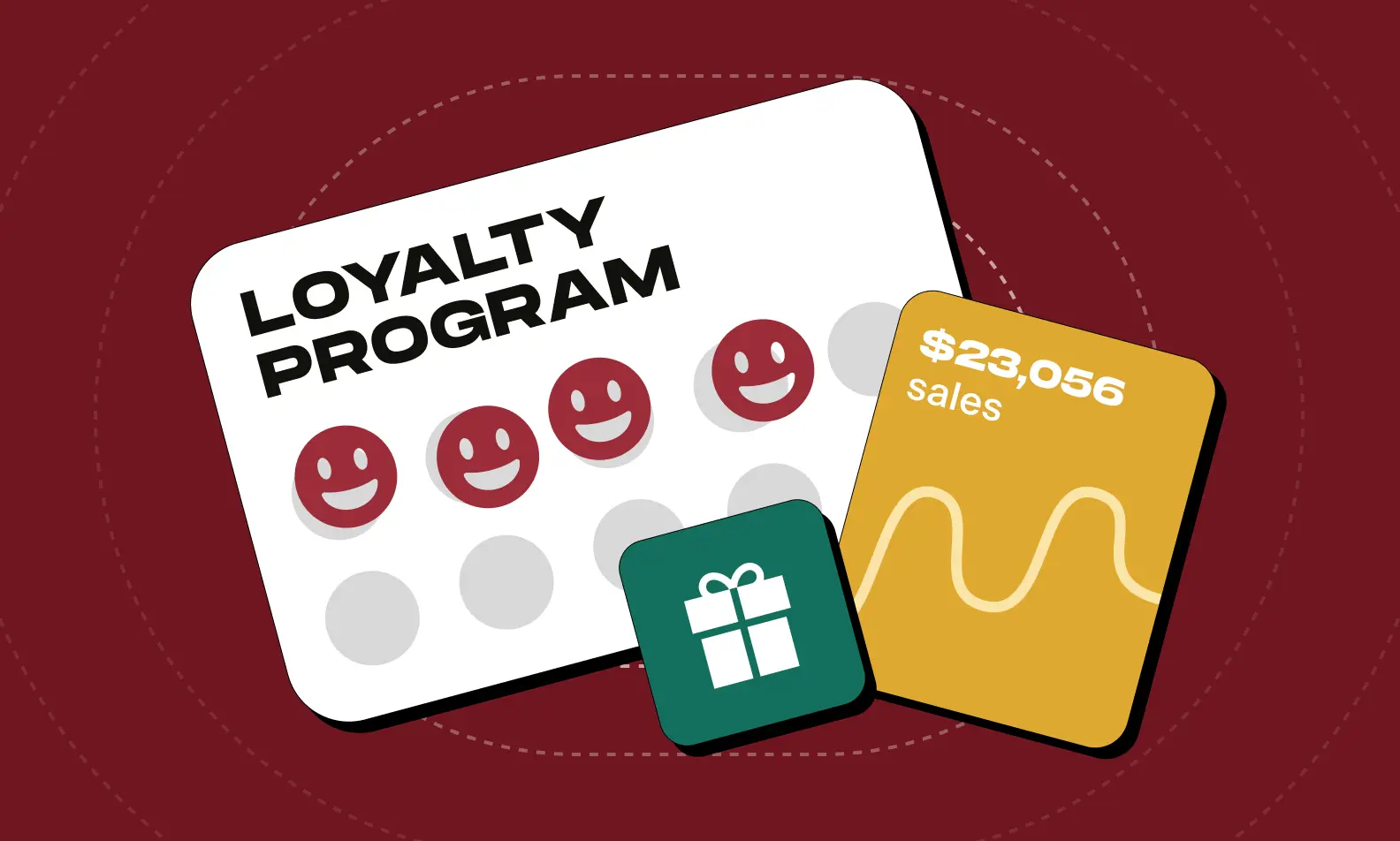Gamification turns regular app behavior into something addictive, measurable, and profitable. For tech platforms, it’s not a novelty—it’s a strategic tool.
Loyalty programs that gamify user behavior can increase sales, retention, and engagement without relying on discounts or intrusive ads. Instead, users return because they want to progress, win, and belong.
Key Highlights
- Gamified loyalty programs increase retention, referrals, and purchases
- Tier systems, challenges, and points reward everyday app use
- Tech platforms can track and personalize user behavior through loyalty data
- Badges, streaks, and time-limited goals keep users active
- Companies gain key insights that power smarter growth decisions
- Digital infrastructure must support real-time tracking and dynamic updates
Why Users Respond to Gamification
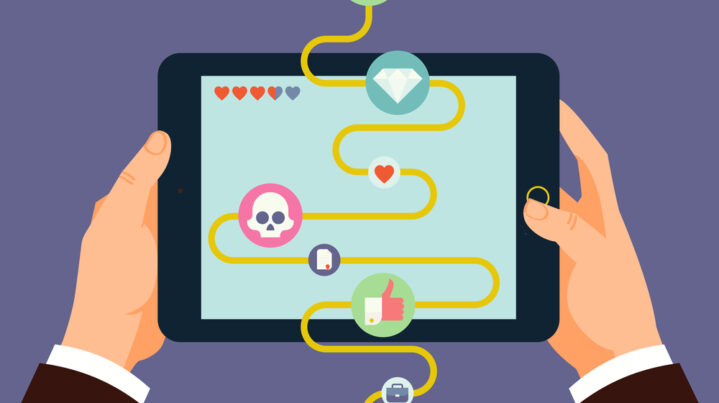
Gamification works because it gives purpose to routine behavior. Instead of offering flat rewards, it layers in motivation—progress bars, ranks, and milestones that reward consistency.
People check in because they want to maintain a streak. They invite others because there’s a badge on the line. It’s not about discounts. It’s about the satisfaction of leveling up.
Apps that use these tactics well see a major shift in how often users return—and how much they spend.
Where Tech Platforms Succeed with Loyalty Features
Tech-first companies are in the best position to build loyalty features that actually work. Their platforms already rely on metrics, user tracking, and personalization. Layering a game structure on top makes everything more engaging.
Most effective use cases include:
- Learning platforms that reward course completion
- SaaS tools that offer perks for usage streaks
- Betting or gaming apps with user milestones
- Ecommerce platforms with tiered benefits
For example, platforms focused on online betting India use progressive loyalty systems that reward repeat bets, daily logins, and referral activity. Not only does that raise average time spent in the app—it also increases wallet top-ups.
How Tiered Systems Influence Buyer Behavior
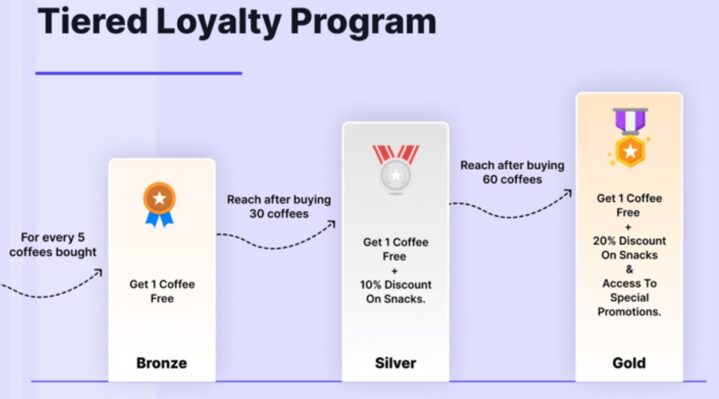
One of the most powerful loyalty mechanics is the tier model. Users begin at the base level and climb higher by completing specific actions—like purchases, logins, or reviews.
Each level offers:
- Access to better deals or features
- Faster service or personalized support
- Exclusive experiences unavailable to non-members
But more importantly—it feels like a win. Users want to stay on top. The cost of dropping down keeps them engaged.
A well-known productivity app used this strategy to boost its premium plan conversion rate by 36% over a single quarter.
Not Just Points and Badges—Narrative Matters
It’s easy to throw points and badges at users. But if it doesn’t follow a clear journey or make logical sense, it fails.
Think of loyalty programs like a story.
- The user is the main character
- Their actions unlock plot progression
- Each step gets them closer to a meaningful reward
For example, a digital course platform could frame its program as a “skill mastery quest.” Each completed lesson earns points. Each quiz passed unlocks a badge. After a full module, the user gets access to bonus material.
Progress is visible. The payoff feels earned.
Stop Using Too Many Bullets – And Start Connecting Features
Let’s take the most popular loyalty features and walk through what actually makes them work.
Points: Only effective when users can redeem them for something that matters. Visibility is key—users must always know their current total and how close they are to a reward.
Streaks: Great for daily engagement. But break the streak, and users may churn. Best paired with small bonuses or “streak repair” options to maintain motivation.
Leaderboards: Trigger competition, especially in communities or team-based apps. But can backfire if users at the bottom feel excluded. Always show personal progress alongside top rankings.
Limited-Time Goals: Work best when rewards match the effort. A “complete 5 orders by Friday” mission makes sense. A “buy 10 subscriptions” in 48 hours? Not so much.
Avoid using all these features at once. Blend a few that align with your product’s natural behavior patterns.
Case Snapshot: Gamification Inside a Fitness App
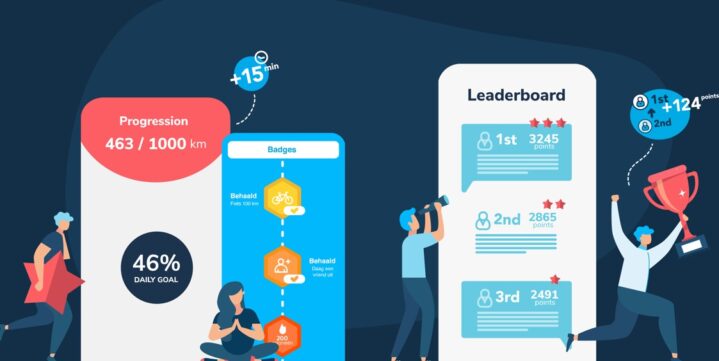
One popular fitness tracking app added gamification layers over its existing structure. Here’s how it worked:
- Users earned XP for completing daily workout logs
- Weekly fitness challenges unlocked rare badges
- A referral mission offered a temporary premium trial
- Monthly leaderboards were visible by region and goal type
After three months:
- Daily active users increased by 44%
- Subscription upgrades jumped by 29%
- Churn dropped by 18%
Why did it work? Because users didn’t just want to work out—they wanted to win. The app rewarded not just outcomes but consistency.
The Data Power Behind the Scenes
Gamified loyalty systems collect high-value user behavior data in real time. That’s a major advantage for tech platforms.
You don’t need to rely on surveys or feedback. Every interaction becomes a signal:
- Who clicks the most
- What causes drop-off
- How long users engage before upgrading
- What kinds of rewards generate spikes
This helps teams prioritize development, create smarter upsell funnels, and spot user fatigue before it results in churn.
With the right analytics stack—Mixpanel, Amplitude, or Segment—you can automate reward logic, test new gamified flows, and personalize journeys instantly.
Why Many Loyalty Programs Still Fail
Even with good intent, many loyalty programs flop. The usual reasons:
- Rewards are too generic or feel insignificant.
- The system is too complex—users don’t understand how to progress.
- Progress is hidden or poorly displayed.
- There’s no urgency or excitement.
- The program feels disconnected from the core product.
To succeed, your loyalty program must feel like part of the app. Not a gimmick. It should enhance the experience, not sit beside it like a disconnected add-on.
Infrastructure Matters – Gamification Isn’t Lightweight
Running a loyalty program that works at scale requires the right tech.
You’ll need:
- Real-time databases to track actions instantly
- Reward engines that calculate progress dynamically
- Integration with notification systems for immediate feedback
- APIs to sync loyalty data with other systems
- Logic that adjusts based on region, tier, or user type
Latency kills the experience. If a user finishes an action but sees no reward, they lose interest. Your system needs to deliver instantly—and with accuracy.
Final Takeaway
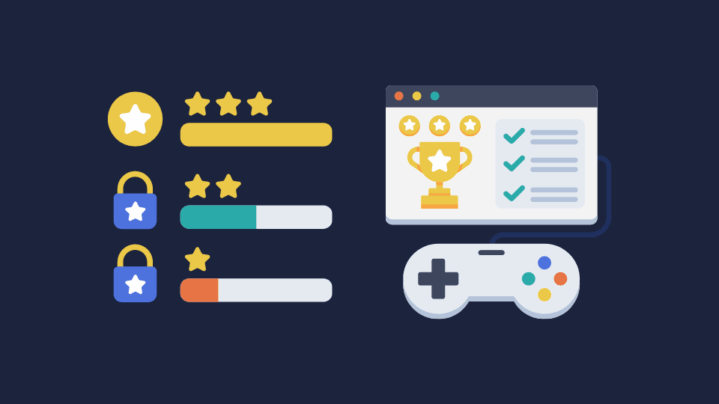
Gamification in loyalty programs isn’t just about making your platform fun. It’s about influencing behavior in a structured way that benefits the user and the business.
If you run a tech product and want to reduce churn, boost engagement, or increase revenue—gamification should be part of your retention strategy. Start small. Focus on rewards that feel personal. And track everything.
In today’s competitive app landscape, getting someone to install your product is only step one. Keeping them active and loyal? That’s the real win.
